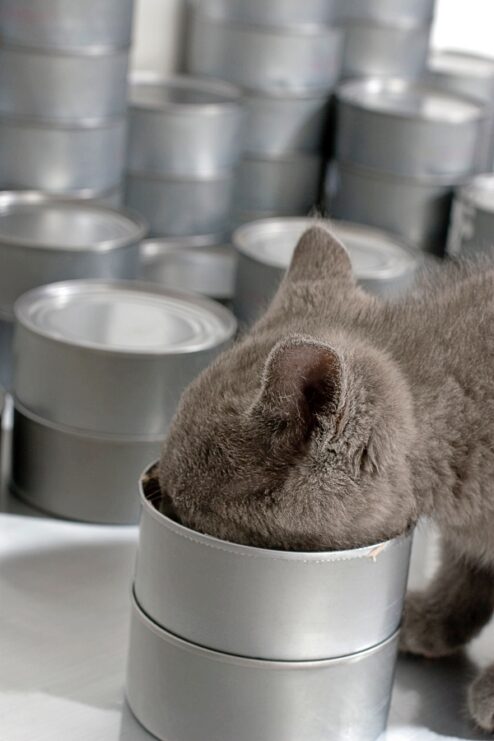Obesity in dogs and cats is among the most common problems in veterinary medicine. According to the Association for Pet Obesity Prevention, more than half of cats living in the United States are overweight or obese. Observation in our and our colleagues’ veterinary clinics reveal that it’s not much different here in Europe as well.
The worrying thing is that many cat owners feel offended if they are told that their cat is obese, and their first reaction is to say it’s nonsense. But the intention is not to offend an owner—or the cat. In reality, owners are told this fact because the situation must be changed.

Here is a list of articles we have recently published about obesity in cats. Learn what causes obesity, how to
notice it, and—most important—how to stop it in your pet.
- What causes obesity in cats? As with any problem you might have, the easier solution is to remove the cause, if possible. Ears hurt? Turn off the loud music! Fish tank smells? Replace the water! Cat looks like a water balloon? Stop feeding the dessert. Unfortunately, it’s not always as easy as it sounds, and finding an exact cause of a cat being overweight or obese may require some groundwork, including medical evaluation.
- Why is obesity a bad thing? So what of it? Hundreds of examples exist where a chubby cat is said to live up to 20 years of age, healthy and purring. Of course, the harsh world dictates that we look at the publications of oh-so-many state departments, which tell us exactly how many cats have died of obesity during the past decades. But we’re not going to do this. Average statistics won’t change your or your cat’s life. Here is a list of ways in which obesity can change your cat’s life.
- How do you know if your cat is fat? “My cat is not fat! He has always looked like this!” You mean that he has always been fat? No! You can’t tell if your cat is fat if you do not know how. Here is a list of ways to score your cat’s body condition, starting from visual evaluation and ending with ultrasound and blood tests.
- How to put your cat on a diet. So your cat IS fat. What’s next? Put your cat on a diet, but do it the right way. Losing weight too fast can be even worse than not losing it at all. This article gives two approaches to putting your cat on a diet, depending on how severely fat your cat is.
- Additional tips for helping your cat to lose weight. Diet is not everything. Losing weight is not about completing the diet and crossing it off of your cat’s to-do list. It’s about changing the lifestyle, too. Here is a list of several additional tips that will help your cat lose weight more easily and in a healthier way.
Still want more information about cat obesity and weight loss?
Here are several more articles that were not included in the series but that give important information about cat obesity prevention:
- How to keep indoor cats active
- Benefits of playing
- Cat wants to eat all the time
- How to stop a cat from meowing all the time
Do you think the above will help your cat to stop being obese? We sure do, and we are happy if you think the same. Remember, health and body condition are interdependent. If you help your cat lose weight, you both will receive at least several additional years to enjoy each other’s company. Let’s stop obesity in our cats!
